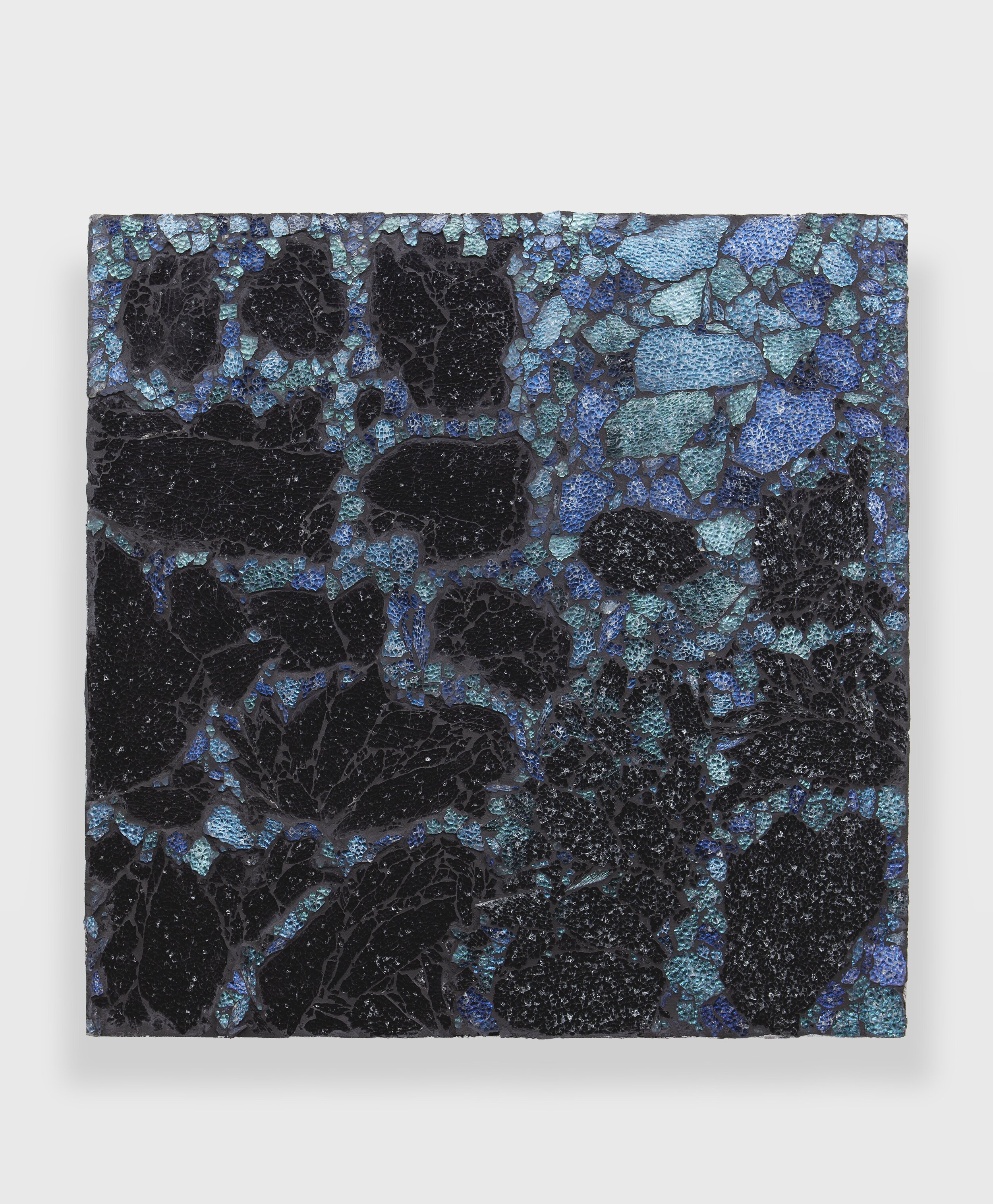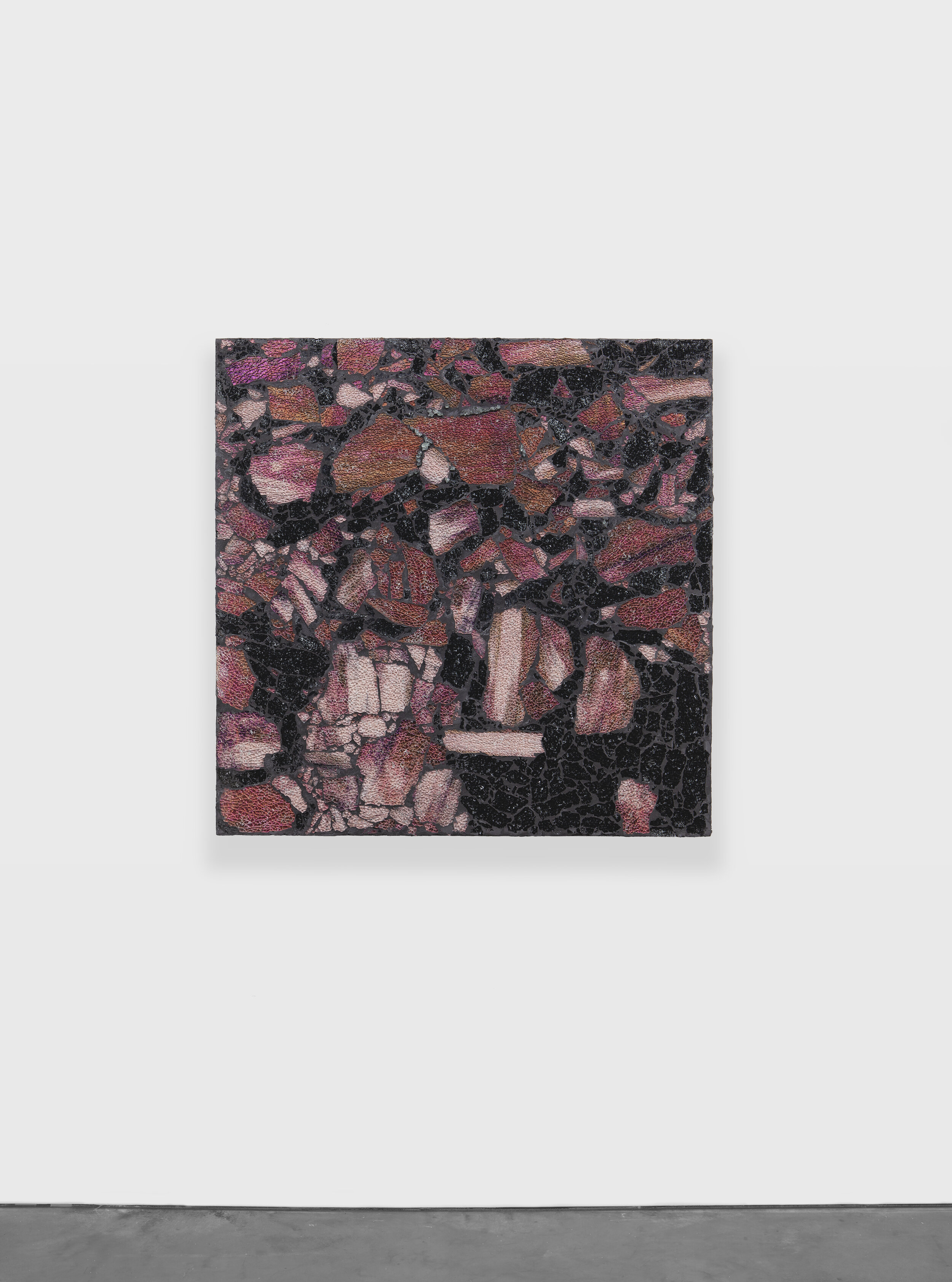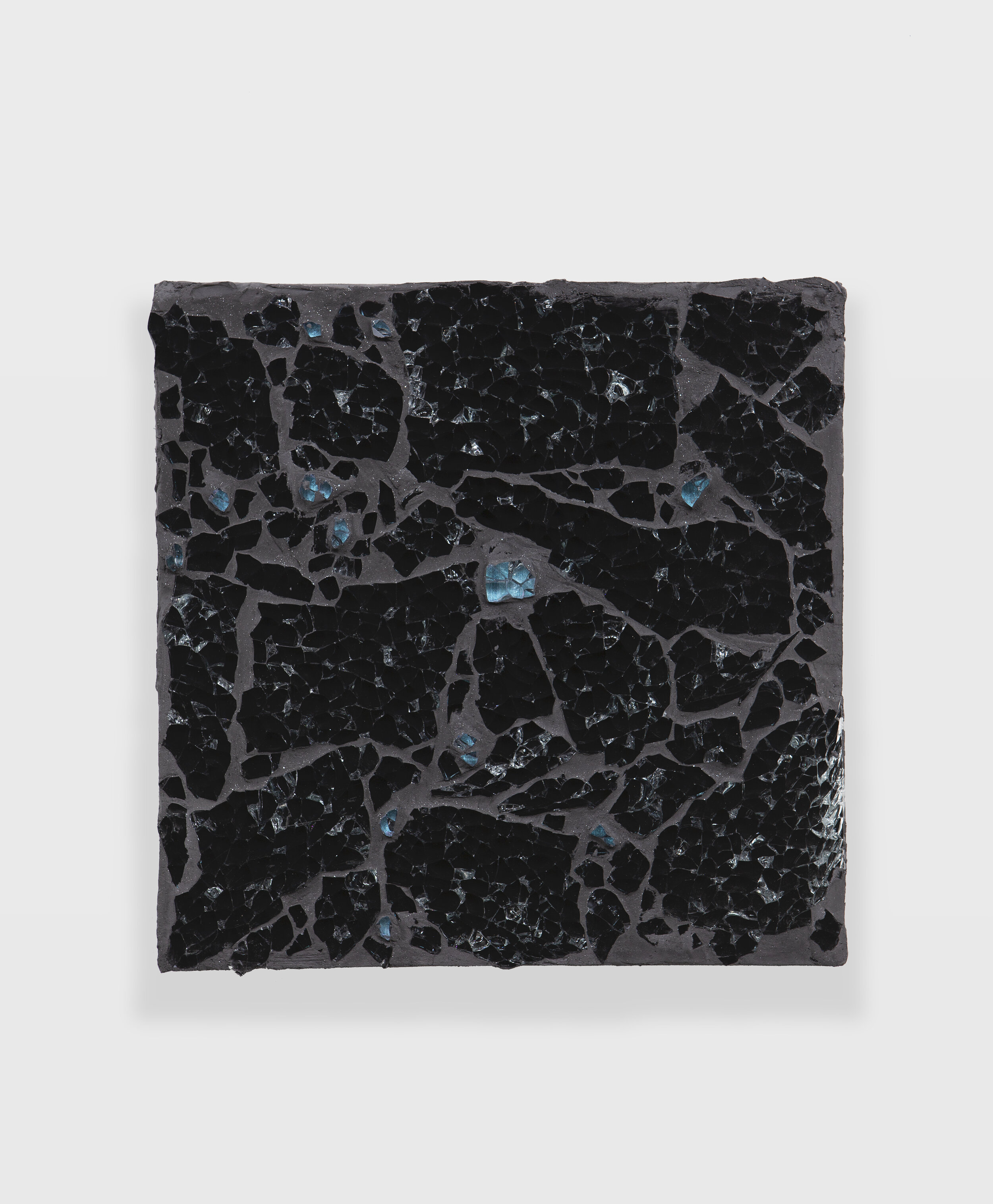Alteronce Gumby (b.1985, Harrisburg, Pennsylvania; lives and works in New York City) graduated from Yale University’s MFA program where he was awarded the Robert Reed Memorial Scholarship, after earning a BFA from Hunter College, New York, NY. In 2019 he was a resident at the Rauschenberg Foundation in Captiva Island, FL and, in 2017 he completed a yearlong residency as the Harriet Hale Woolley scholar at the Fondation des Etats-Unis in Paris, France. He was granted the AAF/Seebacher Prize for Fine Arts as well as the Dumfries House Residency, Ayrshire, Scotland in 2015. Gumby has mounted recent solo exhibitions at Parrasch/Heijnen (Los Angeles, CA), Charles Moffett (New York, NY), and FALSE FLAG (New York, NY). He has exhibited internationally at the Camden Arts Centre (London, UK), Gladstone Gallery (New York, NY), the American University Museum at the Katzen Arts Center (Washington, DC), Frieze New York, (New York, NY), Long Gallery (New York, NY), Independent Brussels (Brussels, BE), The Jean-Paul Najar Foundation (Dubai, UAE), and the Pizzuti Collection (Columbus, OH), among others.
Gumby’s dynamic paintings subvert traditional representations of light and color. Foregoing the brush or conventional tools of painting, his intensely textured works balance shadow with light, form with material. Gumby’s subtle layerings shift with every change in lighting and point of perspective. Diagonals, a recurring motif, infuse his works with forward velocity and temporal fluidity. Employing non-objective expression, Gumby’s ethereal objects give form to the formless: abstracted emotion rendered tangible. Limning the boundaries where colors vanish and reappear, Alteronce unpacks and reimagines conventional conceptions of both tonality and the self. As he puts it: “...what I’m chasing is a sense of individuality outside of the context of being an African American, or a New Yorker, or even being from Pennsylvania.” While he draws inspiration from artists such as Jack Whitten, Stanley Whitney, and Sam Gilliam, Alteronce Gumby’s original approach to abstraction is uniquely, unmistakably his own.































